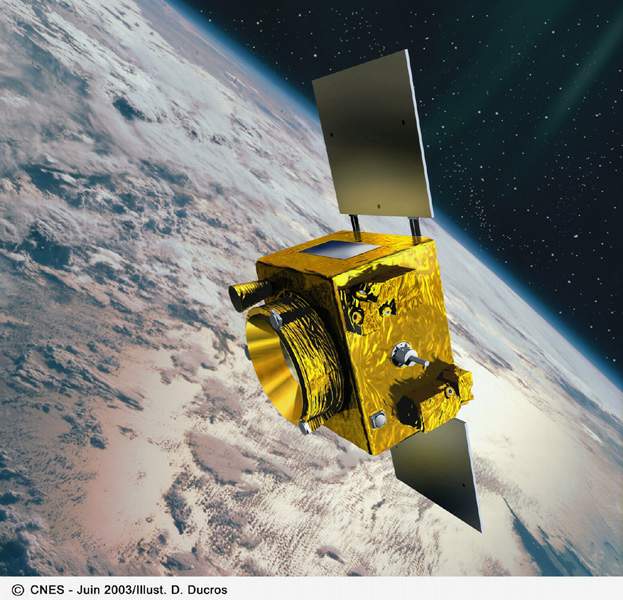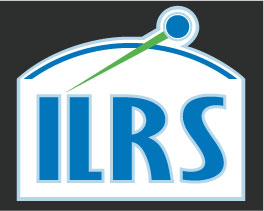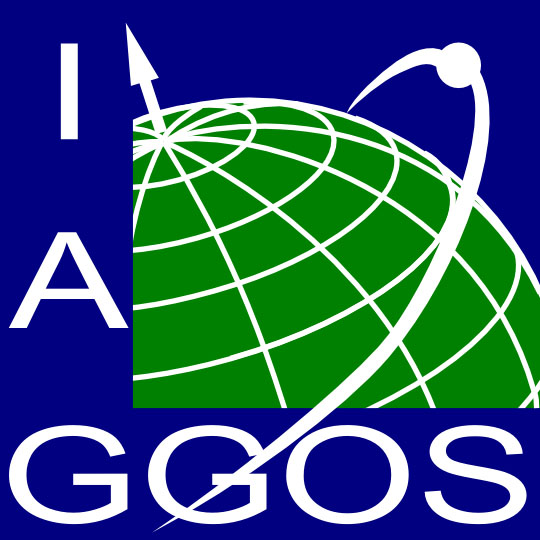
MicroSCOPE
Jump to: Mission Objectives, Mission Instrumentation, Mission Parameters, Additional Information
Note: As of January 2007, due to the attitude of the MicroSCOPE microsatellite (alternatively inertial or spinned), installation of retroreflectors appears not to be an optimal solution for the mission's tracking needs. Therefore, the program managers have decided to utilize a generic one-way-doppler method for the orbit determination of the satellite. The information included on these ILRS pages reflect the request from the mission when retroreflectors were part of the satellite configuration.
Mission Photos:

Courtesy of CNES/Ill.
D. Ducros
Mission Objectives:
The primary scientific objective of the MicroSCOPE (MICRO-Satellite à traînée Compensée pour l’Observation du Principe d’Equivalence) mission is the test of the Equivalence Principle (EP) with an accuracy of 10-15. The satellite payload is composed of two quasi identical differential micro-accelerometers including two cylindrical and concentric test masses. The masses are made of the same material for the first one which is dedicated to assess the accuracy of the EP experimentation. The mass materials are different for the second one. The attitude as well as the atmospheric and the thermal drag of the satellite are actively controlled in such a way that the satellite follows the two test masses in their gravitational motion, thanks to the specific drag compensation and attitude control system. This drag free system demonstration using FEEP (Field Effect Electrical Propulsion) is the secondary technological mission objective of the MicroSCOPE mission.
After the CHAMP, GRACE and GOCE gravity missions, the MicroSCOPE satellite will be the fourth one in this decade to board micro-accelerometers which quantify surface forces. Because of this device MicroSCOPE presents a certain interest in geodesy as well. It can be considered on one hand as very adequate and independent test for checking gravity modelling by orbit computation method, provided that one gets a precise orbit. On the other hand it will give access to thermospheric densities at his altitude through experienced drag forces. Of course, when the drag free system is on, it is necessary to know as well the quantification of Feep thrusting in order to get the full amplitude of all forces. Hence each one of these missions carrying accelerometers gives us precise and dense information on the density of the thermosphere at their respective altitude. While GOCE will inform us about nitrogen and oxygen under 300 km altitude and CHAMP/GRACE give mainly information about oxygen, MicroSCOPE will get access to helium because it orbits at higher altitude. In any case SLR tracking will give the only opportunity to get a precise orbit necessary for these studies.
Mission Instrumentation:
MicroSCOPE will have the following instrumentation onboard:
- two accelerometers each containing two electrostatically levitated test masses
- six laser retroreflectors, one per side of satellite
Mission Parameters:
| Sponsor: | CNES |
| Expected Life: | 2 years |
| Primary Applications: | test Equivalence Principle |
| Primary SLR Applications: | precision orbit determination |
| COSPAR ID: | TBD |
| SIC Code: | TBD |
| NORAD SSC Code: | TBD |
| Launch Date: | March 2009 |
| NP Bin Size: | 15 seconds |
| RRA Diameter: | TBD |
| RRA Shape: | TBD |
| Reflectors: | 6 corner cubes (one per side) |
| Orbit: | polar, sun-synchronous |
| Dimensions: | 0.9m x 0.9m x 1.3m |
| Inclination: | 98.2 degrees |
| Eccentricity: | 0.0012 degrees |
| Altitude: | ~730 km |
| Weight: | 200 kg |




